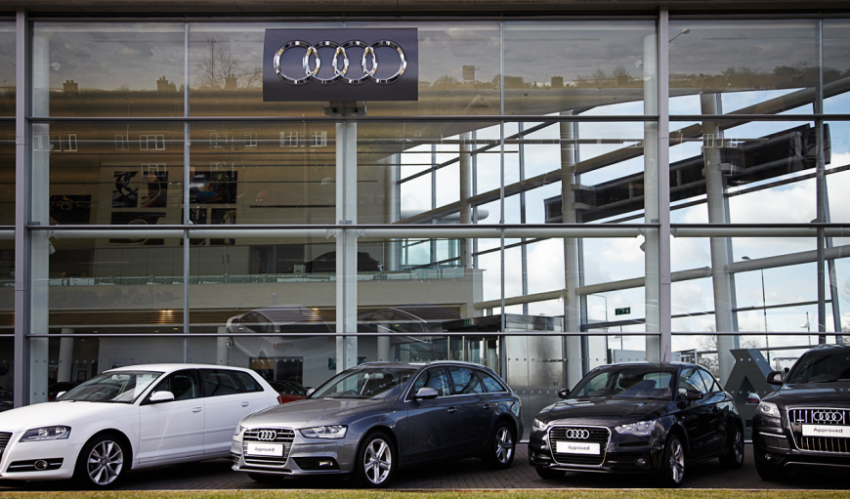 With millions of used cars sold every year, there can be good and bad examples of the same model for the same price. Deciding on the right used car for you and making sure you buy a tidy version of that particular make and model comes down to taking a test drive. Following these steps should help you get the best car for your budget.
With millions of used cars sold every year, there can be good and bad examples of the same model for the same price. Deciding on the right used car for you and making sure you buy a tidy version of that particular make and model comes down to taking a test drive. Following these steps should help you get the best car for your budget.
Check you’re covered
Test driving a used car without insurance is breaking the law. Establish with the vendor whether they’ll insure you, or contact your current insurer and arrange temporary cover. There may be a small fee payable for the change to your policy. Before embarking on the test drive, ask the car vendor to knock that off the agreed price if the sale goes ahead.
Meet at the vendor’s home or business address
If you are buying a car privately always meet the owner at their home or a dealer at their office to ensure they are who they say they are.
Inspect the car before you drive it
There are two reasons for this: the car’s engine should be started from cold (which is when any mechanical problems tend to rear their head.) And you can point out any damage before anyone can accuse you of causing it…
Plan your test drive route
This leaves you free to concentrate on driving and assessing the car. Always take in a mix of roads, from town driving to motorways so you can ensure the car performs as expected in all driving conditions. Turn the sound system off too. Even background music can cover a myriad of problems.
Take your time during the test drive
Ask for at least an hour and try to drive the car on your own, free from distractions. Take something to make notes of any questions that arise from the test drive. Some franchised dealers may agree to a further extended test drive if they sense it may convince you it’s the right car to buy.
Drive more than one car
The best way to test a used car is to drive a few versions of the same make and model. You’ll quickly build a picture of what’s good and bad, and you can also begin haggling and playing sellers off against each other’s best offer.
Be practical
It’s not only important that the driver is sitting comfortably. If the used car you’re considering buying will be for ferrying around a young family, bring them on the test drive or take the car home. That way, you can check that the interior is spacious, practical and comfortable enough for everyone. And that includes fitting the pushchair and dog in the boot! Then hit the road together and check the car drives smoothly and feels stable when fully laden.
Keep your ears pricked
Listen for any knocking, creaking or clunking sounds, and feel for the car shimmying from side to side in corners. All these can indicate worn suspension joints. Tired engines smoke from the exhaust pipe. A small amount of steam when started from cold is fine; white, blue or black smoke can indicate head gasket failure, broken inlet manifold valves and other mechanical maladies. A worn out exhaust may make a family saloon sound like a raucous racing car and can be expensive to replace, so stay alert.
Tune in with the car
Does the clutch operate smoothly or judder? You can test the clutch and handbrake at the same time on a quiet road or in a car park by trying to pull away with the handbrake on. On the move, do the brakes offer lots of power or feel weak and pull the car to one side of the road? (Ask any dealer to tell you how much life, as a percentage, is left in the brake pads and discs.)
A manual gearchange shouldn’t grind or feel gritty when you shift. If it’s an automatic, check all the functions work smoothly. On a straight road, lighten your grip of the steering wheel and check the car doesn’t wander to one side. Also, feel for any wobble through the steering. This is a sign of possible missing wheel weights or, worse, damaged suspension or worn components.
Check the electrical gadgets
Electrical items are expensive to fix. Check everything – and we mean everything – works correctly on the car. It may seem time-consuming but your partner won’t thank you for buying a car with an electric window that doesn’t work on their side.